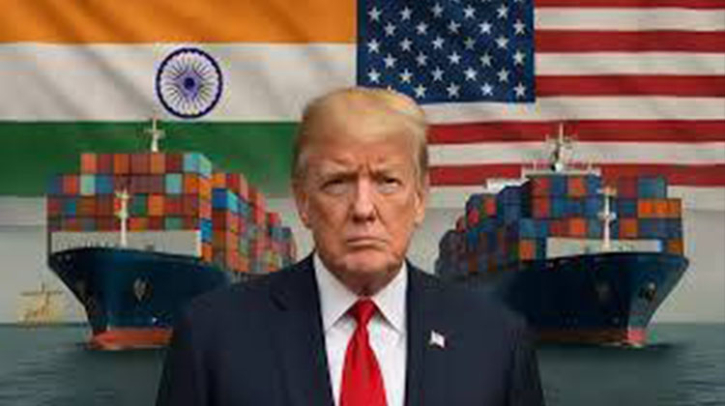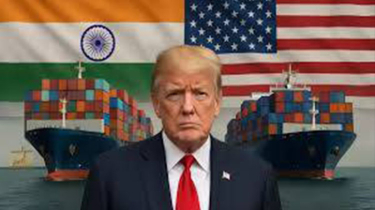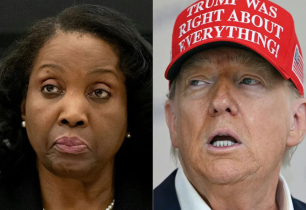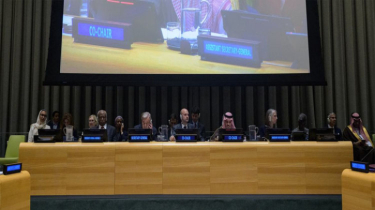US doubles tariffs on Indian goods to 50% over Russian oil purchases

Published : 19:26, 27 August 2025
The United States has raised tariffs on a wide range of Indian imports to an effective rate of 50%, escalating trade tensions and signaling Washington’s displeasure with New Delhi’s continued purchases of discounted Russian crude. The move, announced and implemented on Wednesday, August 27, 2025, layers an additional 25% duty on top of an earlier 25% tariff introduced this spring, bringing the total to one of the highest across any major US trading partner.
According to officials and industry groups, the White House framed the decision as leverage to curtail revenue flows to Moscow amid the ongoing war in Ukraine. India, which sharply increased Russian oil imports after 2022, has argued that its energy policy is driven by affordability and security considerations and does not violate international law. New Delhi denounced the US action as punitive and said it would help affected exporters seek alternative markets while pressing Washington to review the measures.
Initial impact assessments point to significant strain on India’s labor-intensive export sectors—particularly textiles, apparel, gems and jewellery, footwear, leather, and some chemicals—given the US is India’s single largest export destination. By contrast, several strategic categories appear largely spared for now, including pharmaceuticals and certain consumer electronics. Trade analysts warn that the higher duties could shave tens of billions of dollars off India’s shipments to the US in the current fiscal year, threatening jobs in key manufacturing clusters.
The tariffs arrive at a delicate moment for a relationship that both sides have spent two decades deepening across defense, technology, and Indo-Pacific security. Indian officials have signaled they remain open to dialogue, while US officials have tied the tariff rollback to a meaningful reduction in India’s Russian oil intake. Diplomatic attention is expected to intensify ahead of September’s United Nations General Assembly, where a meeting between President Donald Trump and Prime Minister Narendra Modi is being discussed.
For Washington, the calculus blends geopolitical and domestic considerations: pressuring countries that continue major commerce with Russia while responding to domestic constituencies that favor more protectionist trade measures. For New Delhi, the challenge is to cushion immediate export losses, manage inflationary energy risks, and preserve strategic autonomy without rupturing ties with a critical partner in the Quad.
Source- Reuters, Al Jazeera, The Times of India, The Indian Express
BD/AN











